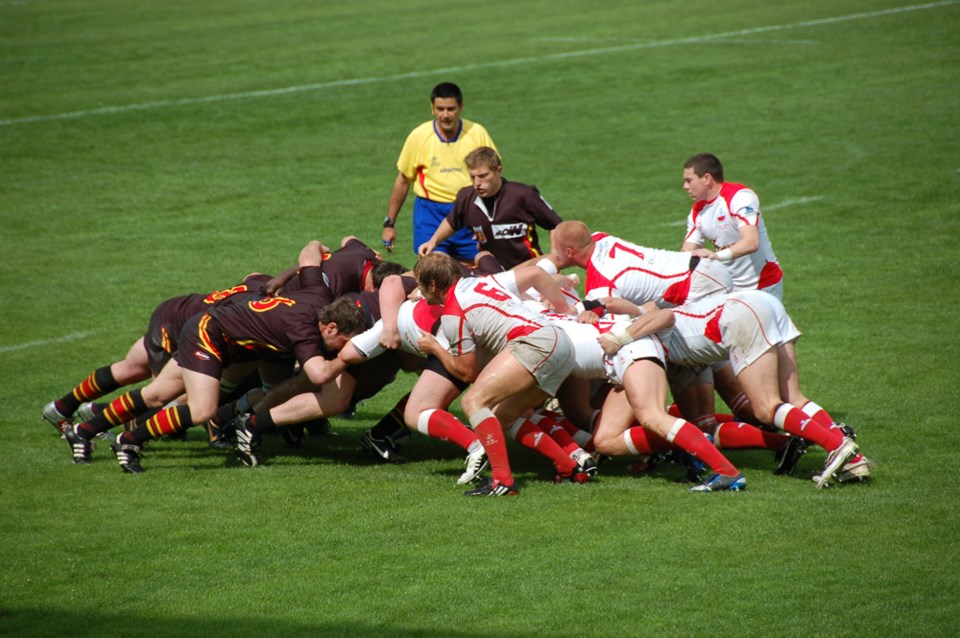June is Brain Injury Awareness Month and the Saskatchewan Brain Injury Association is trying to warn people that a conk to the noggin can be more dangerous than it seems.
“The first and most important thing is that brain injuries are the number one killer and disabler of young people and when I say young people, I mean people under 45,” said Glenda James, executive director of the association. “The brain controls every function of your body, so symptoms are varying. It all depends on what part of your brain got hit.”
Brain injuries can be caused by anything from falls to hits on the head to any sort of head trauma. This year, the association is focusing its message on concussions because many people aren’t aware that they are brain injuries. Concussions are common and can affect a person for up to three years following an accident.
A person might not lose consciousness from getting hit on the head, but if he or she does, James says it should be a message for that person to seek medical help.
Some of the more common symptoms of a concussion can include dizziness, blurred vision, and stomach nausea.
“Our concern is people don’t actually realize that it’s a high risk and they’re not aware of a brain injury and what it does,” said James. “We’re encouraging people and particularly athletes to check it out rather than tough it out.”
If a person gets a concussion, James says the key is to rest and then gradually start reintroducing activities. Resting also means avoiding things like smartphones and TV because that involves concentration. After a good rest, one should be paying attention to one’s body to see if anything is bothersome and then take the appropriate steps if something is wrong.
If a person gets hit while in the middle of activities like a sport, one of the worst things he or she can do is try to get back into the game. According to James, a brain injury impairs the thinking process and increases chances of doing further harm simply by falling or getting hit by someone else. While it’s rare, there’s also the possibility of suffering from Second Impact Syndrome. Basically, it’s when a second concussion occurs before the first one has healed, causing severe brain swelling and possibly death.
In 2013, 17-year-old rugby player Rowan Stringer suffered three concussions in less than a week and subsequently died. It was determined that she died from Second Impact Syndrome and on June 3 of this year, a jury made 49 recommendations after the coroner’s inquest into her death. Among them is the creation of an act to govern all youth sport in schools and outside of schools.
Fortunately, James said nearly every sport organization provincially and nationally already has concussion protocols in order to recognize the signs and symptoms of a concussion. The difficult part is that sometimes the brain can be a tricky thing.
“The sad fact of the matter is (symptoms) are not very definitive because the brain controls everything, so it’s hard to tell if there’s been a brain injury,” she said. “I knew people who were in a car accident, walked away, might have even gone to a hospital, and then fell into a coma when they got home. It’s hard to diagnose.”
To be on the safe side, James says the best thing to do any time a person gets hit on the head is to err on the side of caution. Go to a doctor to get checked out and don’t overexert.
More importantly, don’t engage in risky behaviour. If you’re riding a bike, wear a helmet. Considering how easy it is to get a concussion simply from slipping and falling, James said she encourages people to “wear a helmet as often as you’re willing to do it. Increase your willingness.”
“If you fall and hit your head, that’s bad. If you wear a helmet, instead of your head absorbing the impact, the helmet will,” she said. “It doesn’t mean you won’t be injured, but it will lessen it because the helmet will mitigate that.”
The Saskatchewan Brain Injury Association is a nonprofit organization that seeks to increase awareness and assists people dealing with the effects of traumatic or acquired brain injury. It runs primarily on donations and has chapters in Regina, Saskatoon, Moose Jaw, Yorkton, and Prince Albert. More information about brain injuries and the charity can be found on its website at http://www.sbia.ca/




